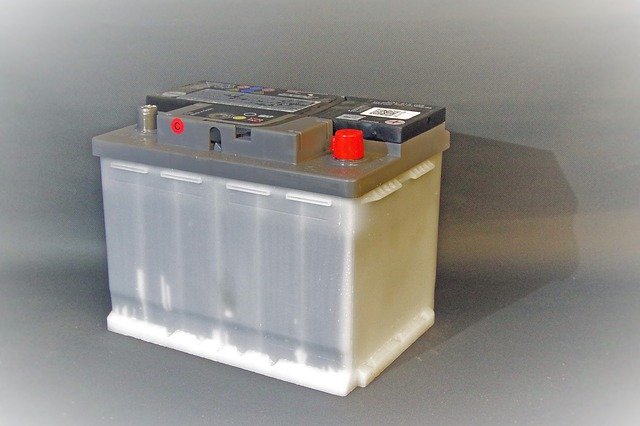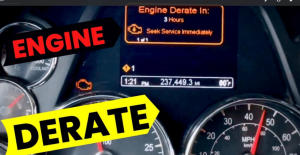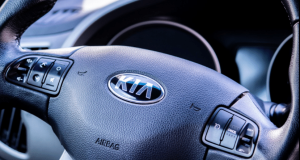How to Maintain a Car Battery & enhance its Lifespan

Don’t think twice if your car battery needs maintenance, your thoughts should be on how you can maintain your car battery or how you can tell if your car battery now needs to be replaced.
Firstly, be aware that a good maintenance culture of your car generally affects the proper functioning of the car.
Every season has its odds on cars, for example, in spring, you can maintain your car doing these regularly.
Also, regular maintenance of the car battery will prevent it from unexpected damage or the battery from drying out.
Acid build-up can occur in the battery if it’s not regularly maintained and this can affect the lifespan.
Car Battery Care and Maintenance
Different conditions affect your car battery’s power’ and the car may not start when you ignite it.
However, a regular check on your battery either in storage or in the car is very important.
Here are some of the car battery maintenance tips you should follow to prevent quick damage and avoid unnecessary costs.
Car Battery Maintenance Tips
- Check the battery for damage
Check the car battery regularly to see if it’s bad, check for cracks, or if it’s swollen.
Once a car battery is damaged, you should replace it with a new one. Managing a damaged battery is risky and can lead to an explosion.
- Prevent corrosion
Acid can build up in the car battery terminals and it can lead to corrosion. When you notice small white dust on the terminal, you should remove it before it builds up.
How to clean corrosion from Car battery
You can clean car battery acid or build-up acid on the terminals with coke, vinegar, or baking soda but you should follow the steps below.
Disconnect the car battery from the terminals but you should remove the negative cable first before the positive cable ( There’s a mathematical sign on it).
You can now mix about two tablespoons of baking soda with one tablespoon of water and mix well to form a paste.
Apply the baking soda you’ve mixed with water to the corroded battery terminals with a small brush but be careful and prevent the solution from getting into the battery.
Leave it for about 10 minutes then use a hard brush to remove the corrosion from the car battery. Now, you can clean the terminal with a clean cloth.
You can also apply petroleum jelly to the battery terminals to prevent further corrosion, and connect the cables properly to it again.
When do you need to refill the car battery?
Your car battery is filled with battery acid and demineralized water and both have a required level to keep the car working properly.
The more you drive the car, the more the demineralized water evaporates, therefore, you should check the acidity regularly – at least every 3 months.
You are advised to take your car to a car repair workshop for check and maintenance every 3 months.
If the liquid level falls below the minimum, the car battery may not work properly, it can cause overheating among other problems to the car.
How to Refill your Car Battery Water
Open the bonnet of the car, and open the battery and add the demineralized water into the battery, to the specified maximum level.
If the battery manufacturer has not specified the maximum level, you can just top up the water until the plates are about 1 cm underwater, and close the battery lid.
You should be careful handling the battery so that the acid salt does not splash.
Warning – You should not try to use tap water to refill a car battery because tap water contains all kinds of salts, lime, and minerals that can be harmful to the battery in the long run.
Avoid Over-Charging your Car Battery
Driving your vehicle can not overcharge the battery but this is not the same when you’re charging the battery with a charger that does not have electronic charge control.
An electronic charge control ensures that the charge voltage is reduced from a certain charge level.
A car battery should be charged with a charging voltage of 13.8 to 14.4 V and a charging current of 10% of the capacity (e.g. 6 A for a 60 Ah battery).
From a state of charge of 70%, the charging current must be reduced, otherwise, it can lead to corrosion.
If the car battery charger you are using does not have the charge control we’re talking about, the battery will be charged with an “excessively high” current until the charger is disconnected from the car battery.
In order not to damage your car battery, you have to keep a watch on the charger and disconnect the charger from the battery when charged.
Really, you don’t want to go through the stress of checking the state of charge because you want to avoid overcharging the car battery.
Presently, most manufacturers of car battery chargers now produce chargers that have electronic charge control.
Avoid Deep discharges
To enhance the shelf life of your car battery, it is important to avoid deep discharges.
Deep discharges can lead to sulfation in a lead-acid battery, thereby reducing the capacity of the battery to power the vehicle.
During sulfation, increasingly coarser-grained lead sulfate crystals form on the electrodes of the car battery. As a result of this, the surface of the electrodes is reduced leading to poorer reactivity, and poor functioning
These crystals settle on the ground due to vibrations and thus form a layer of sludge.
If such a high layer of mud has formed on the floor that it touches both electrodes, a short circuit occurs and the battery cell is destroyed.







